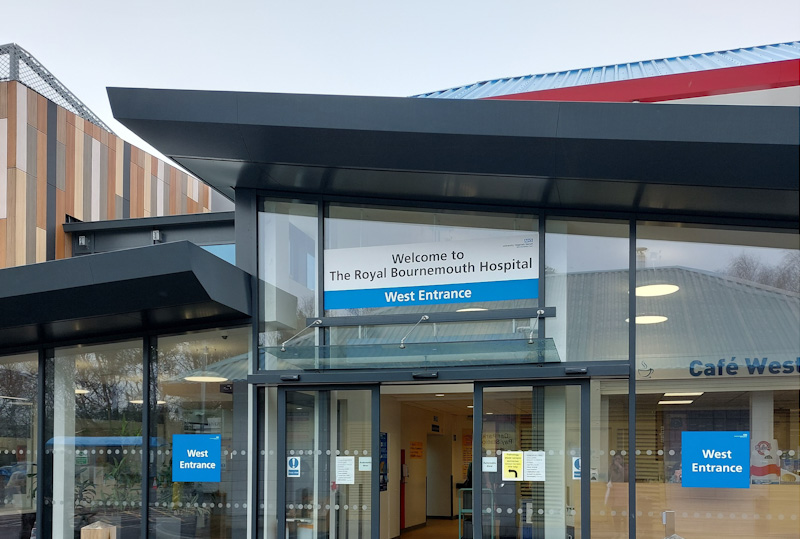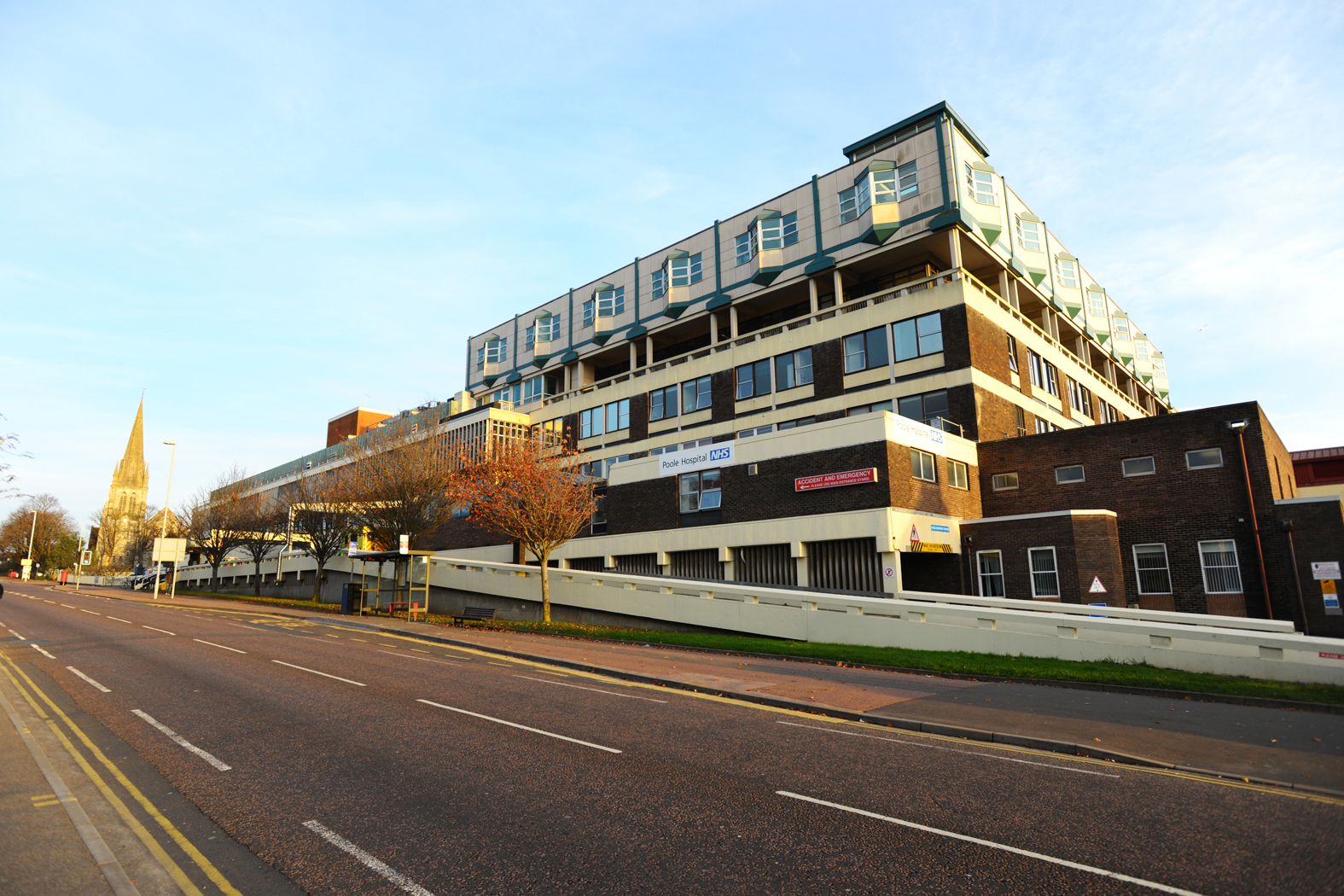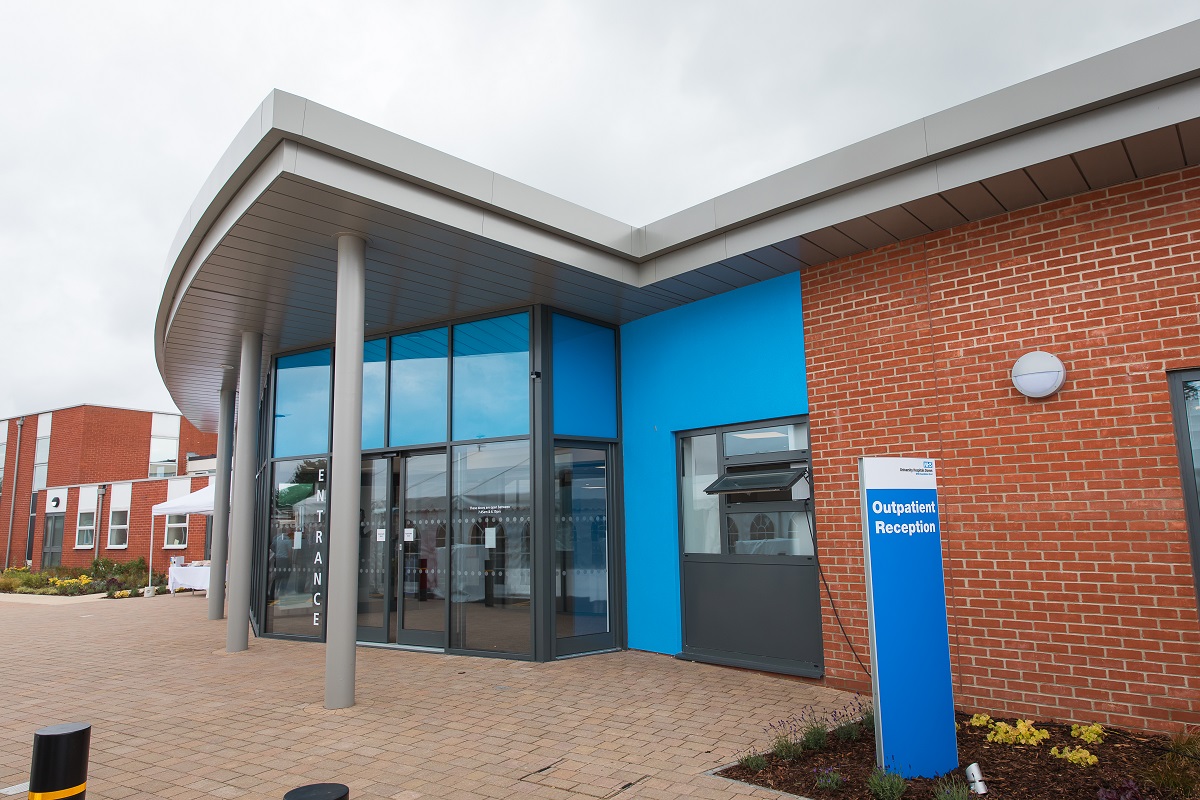Shoulder Surgery
We currently have three shoulder consultants working at the Royal Bournemouth Hospital. These are Mr Hartley, Mr Moverley and Mr Muthian. A dedicated team of surgeons support the consultants and will ensure you receive the best treatment possible.
The types of procedures we offer are outlined below:
Shoulder replacement
Shoulder replacement is a surgical option when the joint is badly damaged and there is pain and loss of movement. Replacing the worn surfaces with a metal ball and plastic socket aims to reduce pain and increase the movement of shoulder joint. It is a major surgery and is performed under general anaesthetic, with a short inpatient stay in hospital required to recover. Following the surgery a sling is used to support the arm and physiotherapy is required to support recovery.
Arthroscopic subacromial decompression
In an arthroscopic subacromial decompression, a small camera is inserted into the shoulder joint to examine all of the structures. Arthroscopy can also be known as keyhole surgery. The surgeon will shave away part of the ligament and some bone to create more space in the joint allowing the tendons to move more freely. It is often completed under general anaesthetic as a day surgery. Following the surgery a sling is used to support the arm and physiotherapy is required to support recovery.
Rotator cuff repair
The aim of a rotator cuff repair is to repair the torn tendon to reduce pain to allow improved strength and movement in the arm. The operation can be performed arthroscopically (otherwise known as key hole surgery), or by using a small incision through the skin over the shoulder. It is often completed under general anaesthetic as a day surgery. Following the surgery a sling is used to support the arm and physiotherapy is required to support recovery.
Shoulder manipulation under anaesthetic
This procedure is performed for people who have a stiff shoulder and have difficulty moving their arm in the normal way. This is often caused by adhesive capsulitis - otherwise known as a ‘frozen shoulder’ In this condition the capsule of the shoulder becomes tight and inflamed. If physiotherapy and exercises fail to improve the movement of the shoulder then a manipulation under anaesthetic (MUA) may be offered to regain the movement that has been lost. To complete the procedure you will be given a general anaesthetic. The joint will be stretched by the surgeon in all directions to regain maximum movement in the shoulder joint. They may also put an injection of local anaesthetic or steroid into the joint to help with pain control. Following this procedure physiotherapy is required to support recovery.
Latarjet surgery
Latarjet surgery aims to repair the soft tissue and provide additional bony structure at the front of the shoulder joint so that in time it will become a strong and stable joint. The procedure is performed with an incision across the front of the shoulder. Part of a bone from the shoulder is removed and fixed to the front of the socket. The surgeon will also repair any soft tissue if required, to make the joint more stable. Following the surgery a sling is used to support the arm and physiotherapy is required to support recovery
Anterior shoulder stabilisation
This surgery is commonly performed if there have been repeated anterior shoulder dislocations or the shoulder is unstable. This surgery aims to restore the stability of the shoulder by repairing soft tissues or adjusting the bony surfaces. Following the surgery a sling is used to support the arm and physiotherapy is required to support recovery.
You can access the orthopaedic patient information leaflets by clicking here









